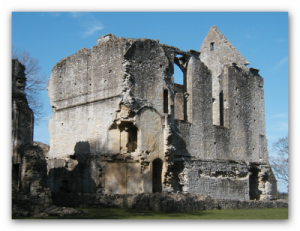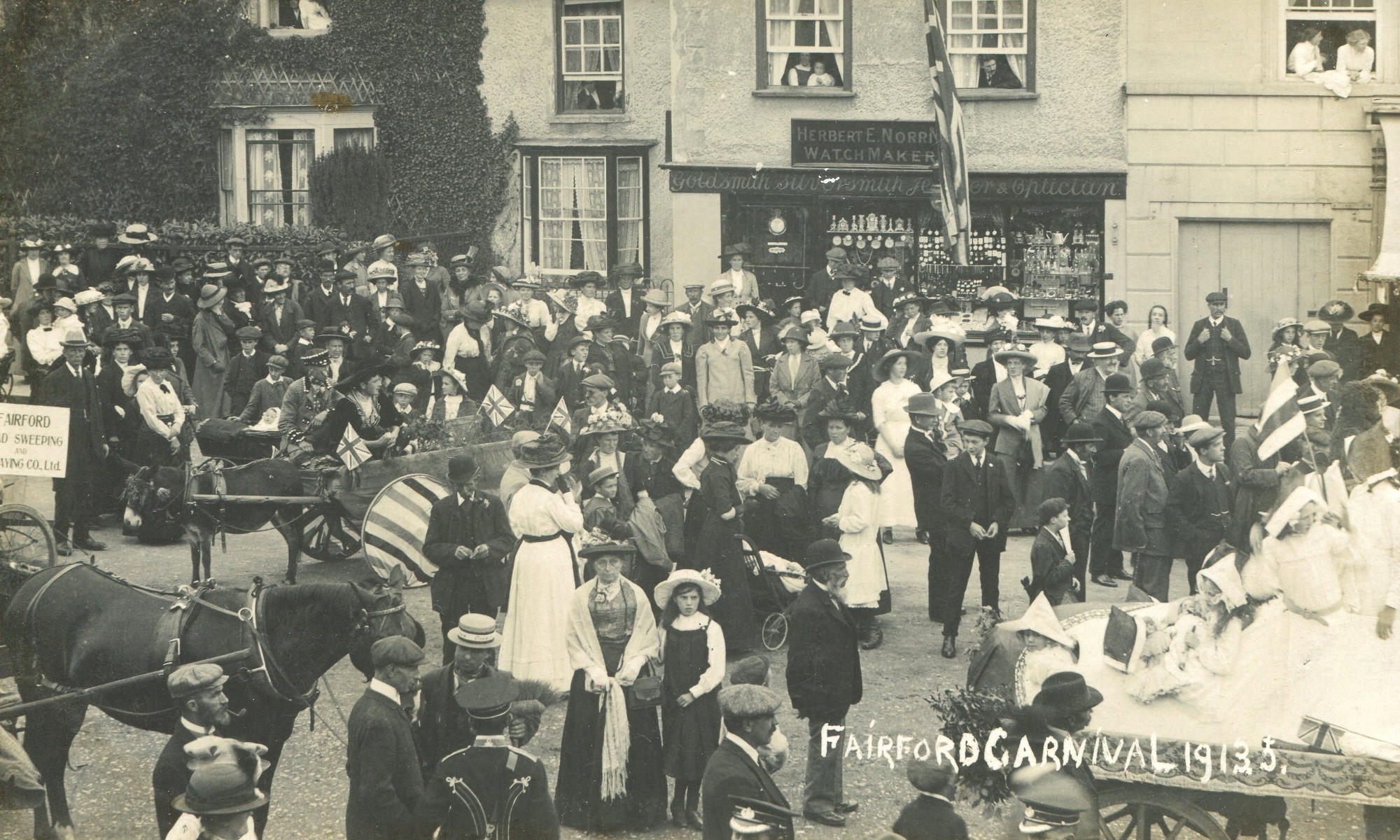
Photo C.Hobson
Tim Porter’s lecture on ‘The Wars of the Roses in the Cotswolds’ on September 15th was a very thorough and challenging look at a period of which most of us know very little. He began by clearing the undergrowth of our misconceptions: it was nothing to do with the counties of Yorkshire and Lancashire; the name given to the war was coined long afterwards; in the half century 1450– 1500 there was no more than six months fighting and most battles lasted no more than a few hours; the battles were between powerful lords and hardly affected the general population; in fact it was a time of economic prosperity evidenced by the building and rebuilding programme of churches and manor houses. The key to conflict was the quarrelsome aristocracy who felt loyalty to either the House of Lancaster in the shape of Henry IV, V and VI and the House of York in the person of Edward IV and his brother Richard III. The Earl of Warwick (‘the King-maker’) personifies the political attitude of many of the aristocracy. He was immensely rich and powerful with estates in many counties. He helped put Edward IV on the throne in 1461 for which he was richly rewarded and he exercised enormous influence in government. He had his own ruthless army. Nevertheless he grew dissatisfied and switched sides, helping to re-establish Henry VI on the throne.
It was a brief interlude. Edward returned from exile, seized the throne in a series of actions one of which ended Warwick’s life. The culminating Battle of Tewkesbury settled Edward’s position as king. Shortly afterwards Henry VI died in the Tower.
Tim illustrated his lecture with examples from tombs and stained glass in churches and great houses and from battlefields. He took his evidence from places not too far from here like North Nibley, Bledington, Fyfield and Minster Lovell. He stressed the influence of the network of roads and tracks across the Cotswold which enabled armies to move around. And his parting shot was a reminder of the sheep, the timeless and innocent source of local livelihood, wealth and prosperity.
